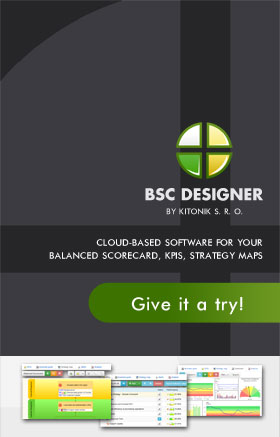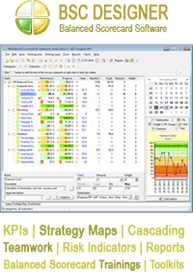Metrics Learning in Different Aspects
Managers who want to ensure improvement in their department will find values in metrics learning. This is a great way of hitting targets and being on top of things. Metrics are measurable components of performance. These are the things that managers should measure to know if the program or the operations department is meeting the goals. As a standard, these metrics are placed on a scorecard that is also known as the BSC or balanced scorecard. This is what managers look into during monthly or quarterly business reviews with clients. The targets are measured against the actual scores and there are baseline scores that need to be checked to see if the current processes are normal.
Managers should be aware, though, that metrics are not the same in every company. It should also be noted that it is a mistake to copy the metrics of other companies, even if the industry is the same. The issue here is that different organizations have different targets. There may be metrics that are applicable in one company but not in another.
One common example of a metric is attendance. This is a must for employees of companies that offer real-time solutions, like customer service hotlines and fast food joints. There will be no one to answer the phones or cater to companies if the employees are not around. This means that the attendance of these employees should be measured regularly and there should be a threshold as to how many absences these employees can take. In other companies that primarily deal with sales, attendance is not much of an issue because as long as employees hit their target sales or quotas, they are allowed not to go to work for their remaining days in a certain period. As a result, the weight of attendance in the overall performance of the previous company is higher than the latter.
Another common metric that companies have is CSAT or customer satisfaction. This is a metric that is commonly found in industries where there is direct communication with customers. Normally, surveys are sent to customers and the customers will answer these surveys and send them back. This becomes the venue in informing the company the areas in which it can improve on. CSAT is commonly found in the fast food industry and customer service-oriented forms, like phone hotlines. However, this metric is not that applicable in manufacturing industries.
Manufacturing industries, on the other hand, focus more on production. The performance of employees is measured by the amount of products they can produce at certain time intervals, provided that the machines are working right. Obviously, attendance is also a great factor in manufacturing industries because people will not be able to produce goods if they are absent.
And lastly, the biggest challenge in metrics learning is quality. This is practically the essence of all types of outputs. High quality is often correlated with high customer satisfaction rating and high productivity, precisely because people buy goods and services due to quality, not just the price. Managers should carefully look into this metric if they really want their businesses to succeed.
—
If you are interested in metrics learning, check this web-site to learn more about metric learning.


